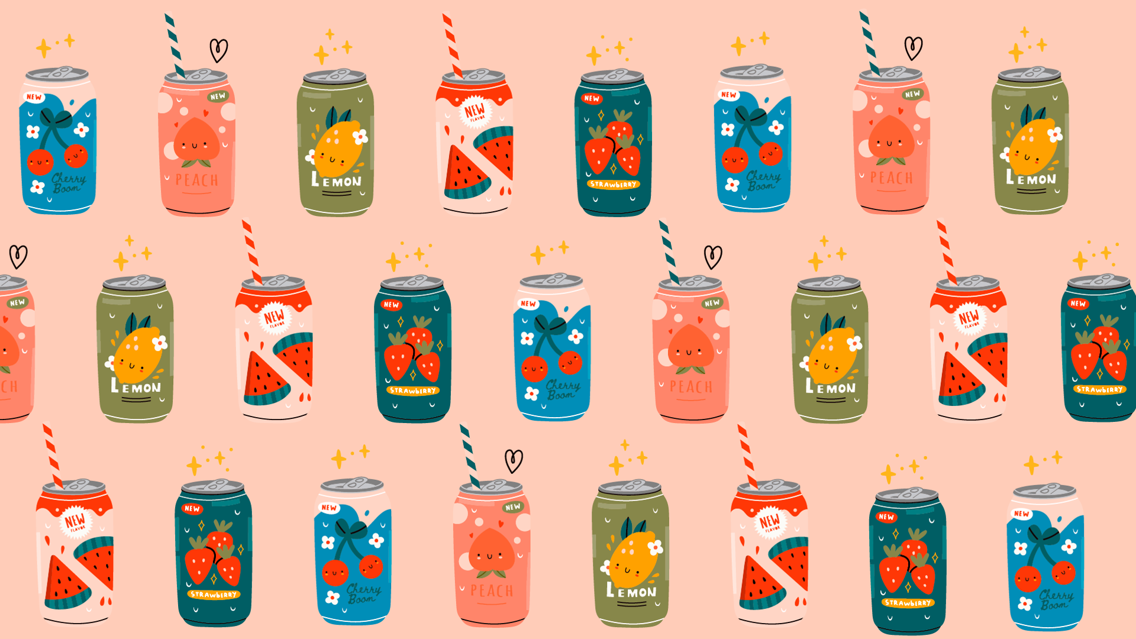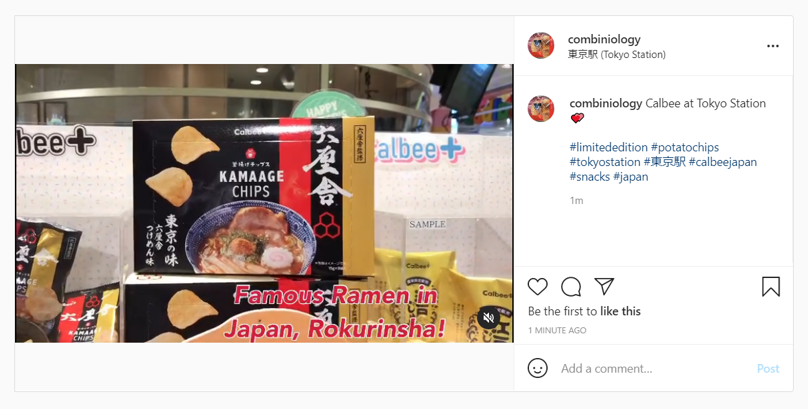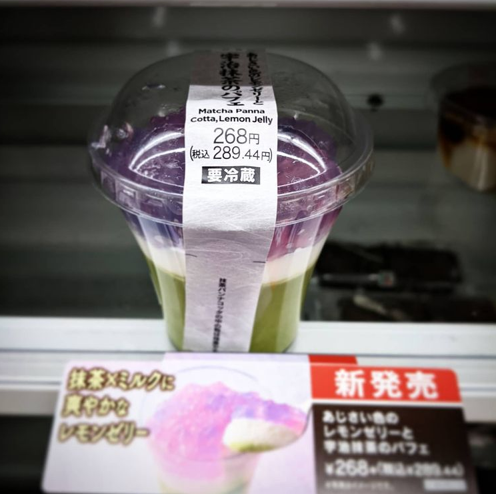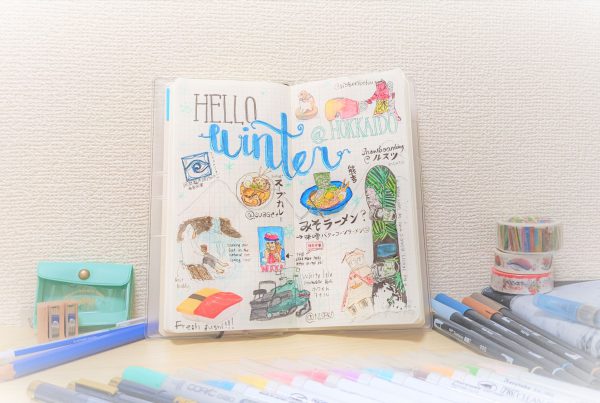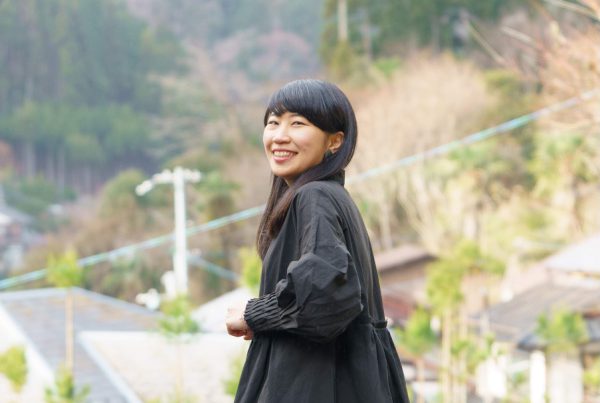Browsing through convenience stores in Japan, one would always chance upon the word Limited Edition (Gentei, 限定). Be it an item in the snack aisle, a drink in the chilled drink section, or even an ice cream, the word ‘Gentei’ attracts the attention of buyers, both Japanese and non-Japanese.
Japan, the Land of Limited Editions
What is the definition of the word limited edition in Japan? According to DNP (Dai Nippon Printing), a Japanese printing company, there are 3 axes to the word limited edition. First, the time axis covers “seasonal” and “limited time only” products and services. The second is the geographic axis with keywords like “regional limited” (of place or location) and “limited distribution”. The third is the quantity axis that encompasses the concept of “limited quantity”, “limited area” and “limited distribution”.
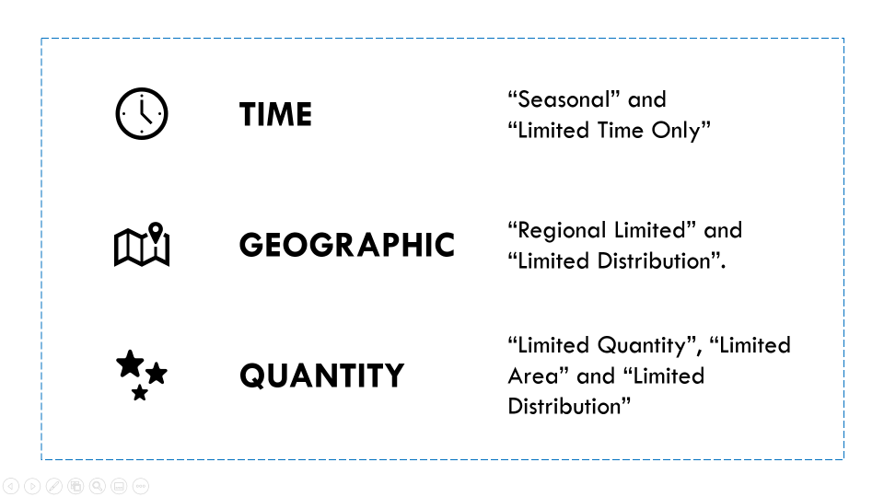
After understanding the different examples and explanation of limited edition available in Japan, the next burning question would be: WHY?
There are many reasons contributing to the obsession with all things limited, and below are some reasons and examples to illustrate the impact of limited edition.
Regionalized Country
Covering an area of approximately 378,000 km² , Japan is broken into 47 prefectures, or 9 regions comprising of Hokkaido, Tohoku Kanto, Chubu, Kansai, Chugoku, Shikoku, Kyushu and Okinawa. While it is ranked no. 62 out of 234 countries in total land area, Japan is ranked #4 in the list of countries with best infrastructure. Transportation connectivity within the island country is sufficient that people could travel within Japan with relative ease on various modes of transportation including domestic flights, railways, local buses, rental cars, and many more.
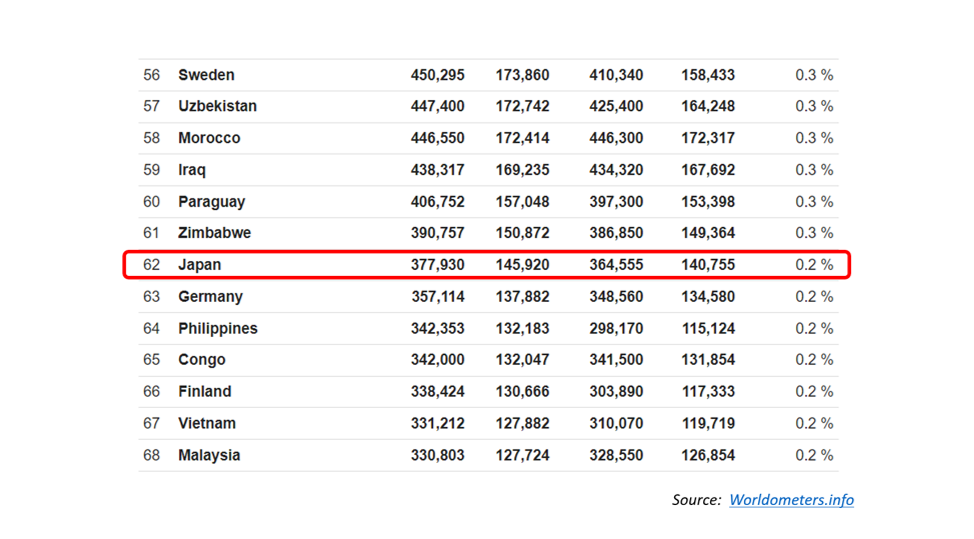
Japan ranked at #62 in total land area out of 234 countries. Image via Worldometers.info

Japan ranked #4 on WorldAtlas’ list of countries with the best infrastructure.
The Japanese culture of buying souvenirs (Omiyage, お土産) when going on trips including vacations and business trips have also increased the demand for something with higher scarcity value. Some well-known players in this field include large players like Calbee and Glico. Some famous international companies have also adapted well to the limited edition trend including confectionary company Kit-Kat, food and beverage company Starbucks, as well as fast-food chain Mc Donald’s.
The limited edition trend is not only popular amongst the Japanese but attracts tourists from all around the world who are in search of special items that are only available in Japan. Seasoned travelers to Japan are usually more interest in limited edition products after becoming accustomed to the widely available versions of products and services available.
Popular potato chips manufacturer Calbee intriguing fans and potato chip lovers with premium limited edition flavors at Tokyo Station. Image courtesy of Combiniology via Instagram.
History of Craftsmanship
The Made in Japan brand is well-known around the world for its quality, encompassing the durability and functionality of its products. Craftsmanship is taken very seriously in Japan, with craftsmen willing to dedicate their life to their mission of creating the best possible products and passing on their skills to members of their family or close associates who can adhere to the mission of the company. Due to the circumstances, the low production volume of high quality output by the craftsmen would naturally increase its value through scarcity.
One good example is the knife craftsmanship in Japan. The Japanese knives are well sought after items around the world for its sharpness and precision.
Example of knife craftsmanship in Japan. Interview with Tatsuo Ikeda by Knifan Shop via YouTube.
The Four Seasons
While many foreigners from countries with four seasons might be puzzled by Japan’s fascination with the four seasons, the concept of impermanence and transience has always been a huge part of the Japanese culture.
During the cherry blossom season, it is common to see Japanese people being excited to organize “Hanami” parties (花見, cherry blossom viewing) even though the cherry blossom season happens every year. The Japanese appreciation of impermanence is cultivated since young, with parents introducing Chirashizushi during celebrations such as Girls’ Day or Kashiwamochi during Boys’ Day.
Consuming products with cherry blossoms bring about a feeling that “Spring has arrived”, whilst picking up some Hydrangea-inspired snacks from the nearby convenience store reminds one of the rainy season.
Hydrangea-inspired jelly at Seven-Eleven Japan. Image via Combiniology on Instagram
Who Likes “Limited Edition” in Japan?
A survey done by DNP shows that the younger generation has a stronger tendency to be interested in limited edition products in Japan.
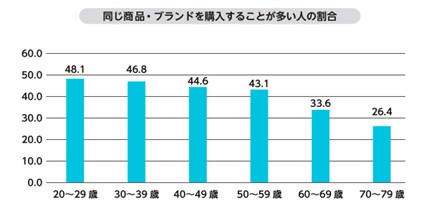
Survey outline: From the Consumer Affairs Agency “2016 Consumer Awareness Basic Survey”. Image via DNP.
There was some interesting information uncovered in the abovementioned research, with 48.8% respondents wanting to “experience the season” when purchasing limited edition products. A whopping 70.8% respondents who purchased limited edition product indicated their interest in something they have not tried.
Scarcity is Value
While predictability is an important aspect in life, the consumer experience of having products that are “available anytime and anywhere” may lead people to feel bored or tired. Having the option of trying something new not only helps to increase consumer experience, but it also helps consumers to broaden their horizon by stepping out of their comfort zone to try something new.
What are some limited edition products and services you have tried? What was your experience like?

